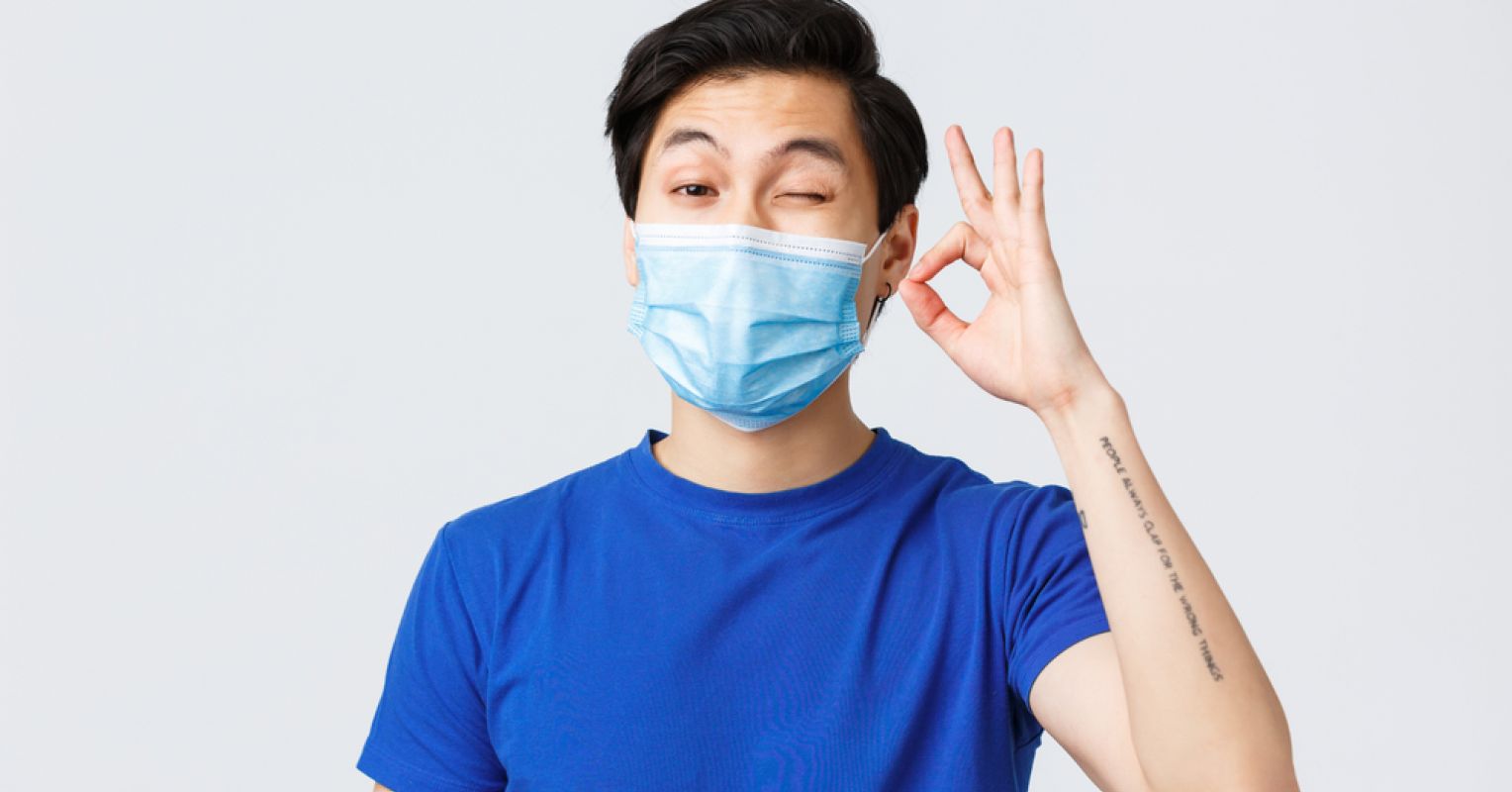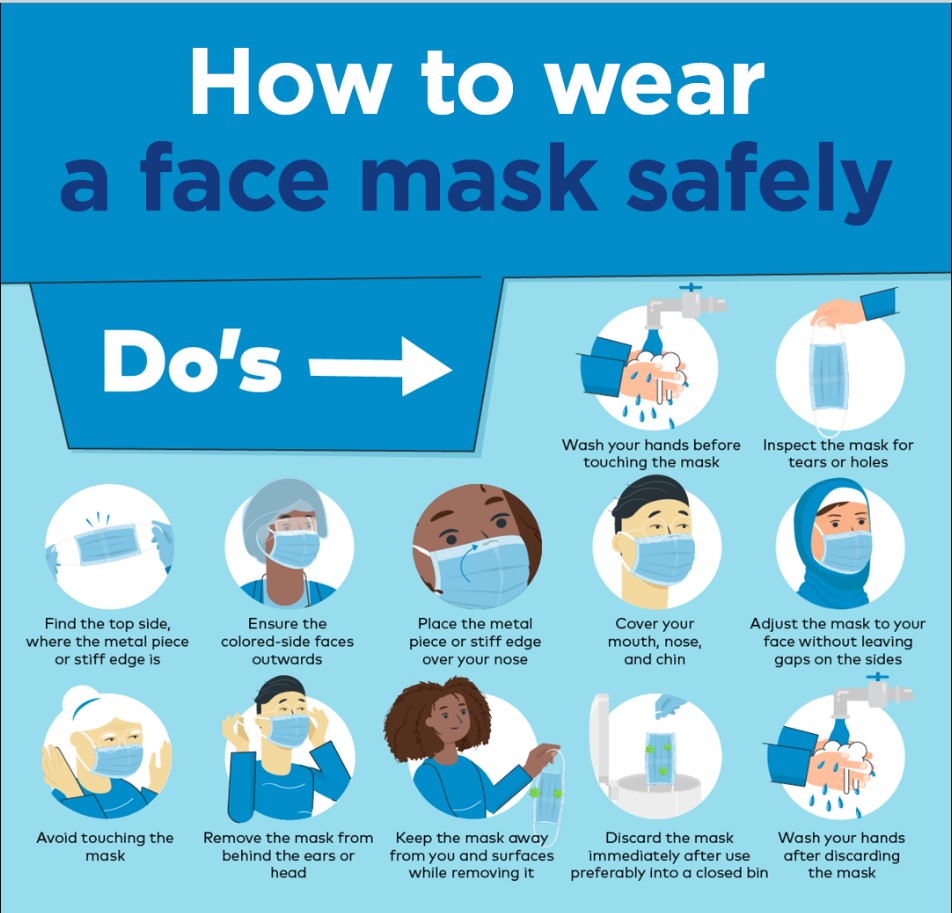
A comparison of respiratory masks and surgical masks
At first glance, some disposable respiratory masks (particulate masks) look very similar to many surgical masks/face masks. As a result, there is sometimes confusion about the differences between these two types of masks..
Because respirator masks and surgical masks differ significantly in terms of their intended use, their tight fit, the wearing time and the approval. The purpose of this information is to clarify some of these differences, specifically for healthcare professionals.
Surgical masks , also known as surgical masks or medical face masks, can be given to patients to protect medical staff and other patients from particles expelled into the environment by the wearer when speaking, sneezing or coughing.
Respirators must be properly selected and carefully donned and removed in a clean area. They must be worn at all times in the contaminated area. This is the only way to significantly reduce exposure to hazardous substances. If you only take off the respiratory mask in a contaminated area for 10% of the wearing time, this is sufficient to significantly reduce the positive protective effect.
In Germany, the maximum wearing time is specified in DGUV Rule 112-190, Appendix 2. Surgical masks are usually created specifically for a specific operation/process. To infections prevent, the masks are usually disposed of after each operation or each procedure with patients.
Common tests for surgical masks/medical masks are: particle filtration efficiency (PFE), bacterial filtration efficiency (BFE), Liquid resistance, differential pressure and flammability. Each of these checks is briefly described below.
Particulate Filtration Efficiency (PFE)
Particle filtration efficiency testing is an indicator of the quality of a surgical mask/mouthguard. It is not an indicator of respiratory protection performance. The efficiency of filter media of a surgical mask/medical mask with a very high (>95%) particle filtration efficiency can still be as low as 70% when tested according to the NIOSH N95 test method.
The results of the PFE test and the NIOSH filtration efficiency test are not comparable. PFE exam conditions include:
- Polystyrene latex ball aerosol
- Size about 0.1 μm
- Air flow rate of 28 liters per minute (lpm)
- Non-neutralized test aerosol
- No preconditioning
Bacterial Filtration Efficiency (PFE)
This test evaluates the ability of a surgical mask to provide a barrier to large particles expelled by the wearer. It is not a filtration efficiency test. The protective performance of the surgical mask is not evaluated. Two methods are available: the Modified Greene and Vesley Test and the American Society of Testing and Materials (ASTM) F2101-01 method.
liquid resistance
Fluid resistance is typically tested using ASTM Test Method F 1862, "Resistance to Penetration by Synthetic .Blood." This test determines the mask's resistance to synthetic blood injected onto the mask under various pressure conditions.
Differential Pressure (Delta P)
The Delta P test is typically performed based on Method 1 Military Specifications: Surgical Mask, disposable (June 12, 1975) MIL-M-36945C 4.4.1.1.1. Delta-P is the pressure drop measured across the surgical mask material and is related to the breathability of the mask.
firm consistency
Surgical masks intended for use in the operating room undergo a test in which their flammability is determined according to specific classes. The FDA recommends the use of Flammability Class 1 and 2 materials. The Food and Drug Administration (FDA) recommends using one of the standards listed below for Flammability test:
- CPSC CS-191-53 Flammability Test Method (16 CFR 1610) Standard for Flammability of Clothing Textiles
- NFPA Standard 702-1980: Standard for Classification of Flammability of Wearing Apparel
- UL 2154
In summary, the purpose of a surgical mask is to create a barrier between the wearer and the work environment or sterile field. These masks can help prevent spit and other sputum from the mask wearer from getting onto a patient or medical equipment. They can also be used as a liquid barrier to prevent blood spatter from entering the wearer's mouth and nose.
Masks are one of the most effective weapons we have against COVID-19 .Face masks can protect you from droplets when a person with COVID-19 coughs, speaks or sneezes . Wear your mask safely and help stop the spread!
Here we want teach you How to wear and remove a surgical mask correctly :
We have a full selection of wholesale disposable masks in bulk. We have 3-ply surgical masks and cloth masks. We even feature N95 masks in bulk. Wholesale personal protective equipment to help keep you and your community safe. We currently have a disposable surgical mask.



Leave a Comment